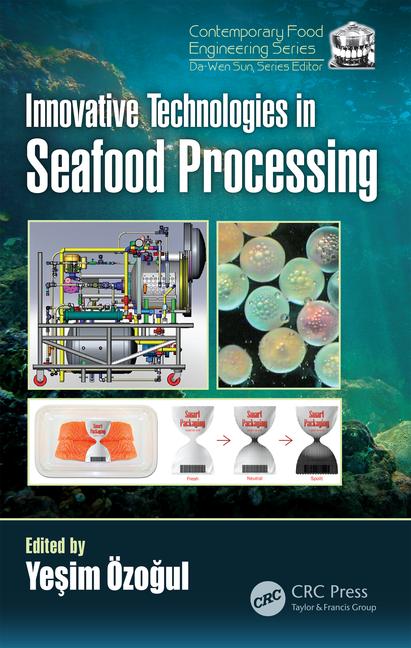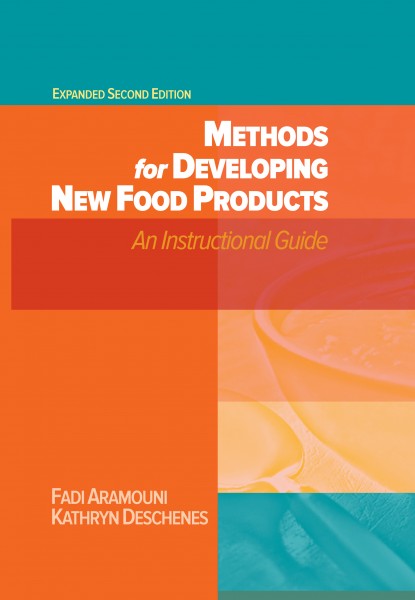TECH FLASH
Inspection technologies keep pace with new processor demands
Various food production sectors require unique inspection technologies.

Across various vertical industries, X-ray, vision and other inspection equipment have been used in different capacities to improve the safety and quality of food and beverage products. While the meat industry uses X-ray technologies to identify and remove bone fragments, the baking and snack sector has leveraged vision systems to detect and remove black spots on potato products and ensure crackers, cookies and other goods are uniform in size and shape for a consistently positive consumer experience.
As the regulatory landscape evolves, these technologies will provide additional applications for food and beverage processors. Food Engineering discusses with Tom Egan, vice president, industry services at PMMI, the issues facing processors.
Food Engineering: How have one-up/one-down reporting structures changed the way manufacturers work?
Tom Egan: One-up/one-down reporting structures have been thrust into the spotlight by the Food Safety Modernization Act and are becoming the norm. For processors of low-moisture food, including the makers of baked goods, sweet or salty snacks and cereals, recently announced FSMA provisions would expand certain food safety measures more familiar to the meat and dairy industries.
In addition to complying with different sanitation standards, vision systems may be added to packaging operations to ensure products are correctly packed and labeled while identifying and diverting products that come into contact with potential contaminants.
FE: How can processors leverage advances in vision systems and X-ray inspection to make quality improvements while maintaining production speed?
Egan: Because X-ray inspection features non-destructive imaging, its use has been adopted for packaged and processed foods, especially products in bottles, cans, jars and pouches. As the technology continues to advance, it is also being leveraged for inline production control and verification processes.
Recent improvements to the speed of X-ray equipment have helped food manufacturers produce safe, high-quality products without slowing down operations. As a result, more manufacturers are adopting X-ray technologies. Let’s use nut producers as an example. In this scenario, stones picked up from the harvest can get mixed into a batch and be difficult to identify. To detect these “camouflaged” foreign materials, processors are utilizing specialized inspection technology that rejects the contaminants and sends affected batches to another sorting table. This equipment can handle larger flow rates without compromising product safety, and saves the facility time and cost.
For fruits, vegetables, grain and meat products, advanced X-ray inspection systems are able to perform inline quality checks to detect physical defects, measure product mass, identify missing or broken products, and inspect packaging seal integrity. These added features can help reduce inspection costs at the food production facilities, supporting cost savings throughout the supply chain.
FE: What emerging technologies in vision systems and inspection should manufacturers watch out for?
Egan: The all-in-one vision systems, which are instrumental in identifying and removing a wide range of contaminants, have been around for a while. But these systems continue to be improved with faster, more robust technology that can handle a greater variety of inspection tasks per camera and include more and more easily accessible programmable features. Cameras are also advancing to take the better, clearer images that are necessary for the positive identification of defects. As the images improve, the opportunity to refine the inspection criteria also improves. This also aids in the reduction of false rejects, namely good product being identified incorrectly as defective.
In addition, the compatibility of these X-ray and vision system technologies with other production line functions continues to improve. Inspection results are being collected and analyzed to spot trend data and adjust parameters or upstream equipment before defects begin to occur. This streamlined efficiency helps the production line maintain uptime.
For the latest developments in X-ray inspection and vision systems to ensure compliance with future food safety regulations and enhance efficiencies on the line, look to PACK EXPO Las Vegas 2013 (September 23-25; Las Vegas Convention Center) as a resource.
Looking for a reprint of this article?
From high-res PDFs to custom plaques, order your copy today!








